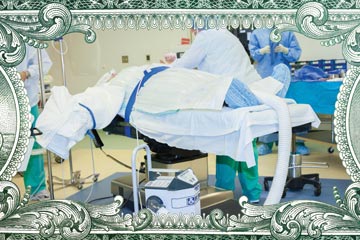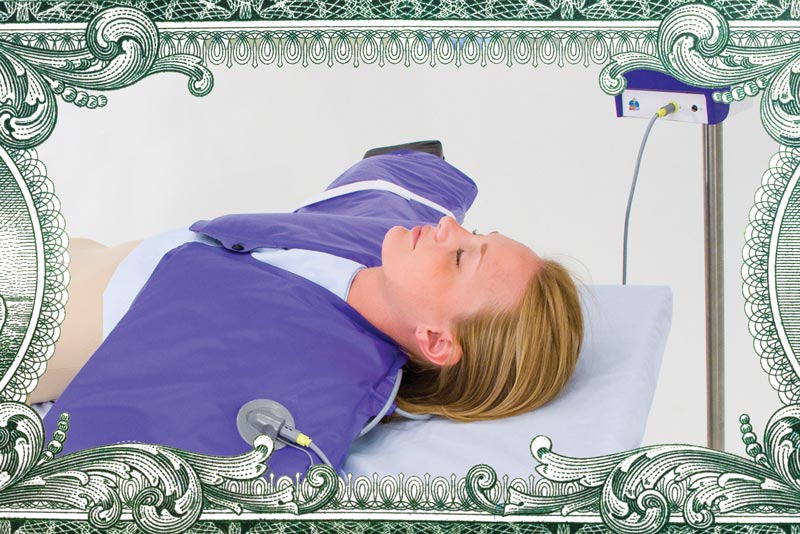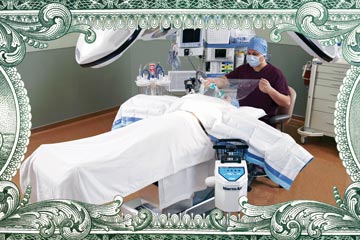It costs the Graystone Eye Surgery Center in Hickory, N.C., $1.05 to warm a patient. A loaner linen service charges $1 to clean a blanket, and the cost of using the blanket warmer is nominal, about 5 cents a case.
“Patients often comment on how much they enjoy warm ‘real’ blankets,” says Ann Leary, RN, Graystone’s infection control and perioperative supervisor. “Greater patient satisfaction leads to an enhanced reputation in the community, which generates patient referrals.”
How do you put a price on a warm patient? We surveyed nearly 100 readers last month to see if they knew how much it costs to prevent hypothermia. Though most didn’t, more than 94% of respondents agreed that there is a clear economic benefit to preventing hypothermia. The few respondents that did do the math estimated warming costs $5 to $30 per case. And those who don’t know, don’t care because the costs to prevent hypothermia are offset by the expensive clinical complications that patient warming works to prevent, not to mention the patients who appreciate the warmth.
At Artesia (N.M.) General Hospital, warmed blankets and forced-air warming come to about $30 per patient. A 3-pound blanket costs $1-a-pound to wash, and about 6 blankets are used on each patient. A forced-air blanket costs $6 to use per case, and 2 are usually used during each procedure. Money well spent, says Randall Rentschler, perioperative director at Artesia. “Warming deceases lengths of stay and helps to prevent infections,” he says. “Both have economic benefits.”
John Lewis, BSN, MHA, director of surgical services at Evangelical Community Hospital in Winfield, Pa., estimates patient warming costs $10 to $15 per patient. They use a forced-air system and spinal underbody blankets. These techniques have contributed to his facility’s SSI rate of 0.1%. “Decreased incidence of SSI and faster extubation are clinical benefits that have real economic value,” says Mr. Lewis.
Sheri McDuffie, BSN, RN, nurse and perioperative educator at Christian Hospital in St. Louis, Mo., says she doesn’t know how much warming patients with blankets and forced air costs. Guess what? “It doesn’t matter if it’s effective,” she says, adding that warming produces faster healing and reduced risks of SSIs. “Our patients love our warmer gowns in pre-op. They are much more comfortable and at ease prior to their surgery.”
Doris Terwilliger, ADN, OR manager at Guthrie County Hospital in Guthrie Center, Iowa, says warming patients costs $5 to $10 per case. They focus on the clinical benefits, such as faster healing and recovery times, which means less time in a stretcher and faster discharge. “We do this because it is a standard of care and to keep our patients comfortable,” says Ms. Terwilliger.
.svg?sfvrsn=be606e78_3)



.svg?sfvrsn=56b2f850_5)